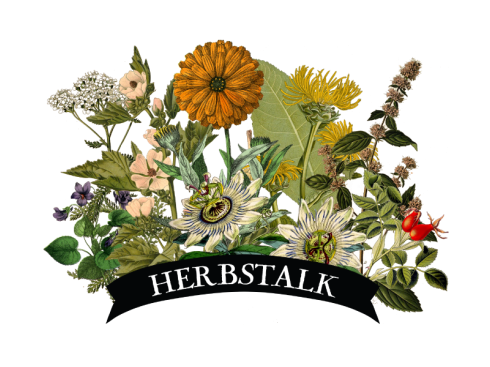When I sit with a client for the first time, I spend a lot of that session listening to the ways that they talk about their experience of illness and wellness, what their aspirations and fears sound like. The words they choose tell stories about how they see the world and how they experience themselves in it.
I listen for ways that we can shift their dominant narrative to improve the potential for healing. I learn what feels nourishing and nurturing to them, and what they struggle to integrate or what they avoid. I try to imagine weaving a web that creates safety and commonality, opening a space where nothing is inherently wrong. I try to empty my mind of any stories I have created from reading their intake form—instead, I listen to them identify why they are there and what they hope to gain from our work together; and I listen for plants that speak during that time too. That first conversation is such an amazing opportunity for co-creation, and a chance to build connection that will last through the relationship if we do it well.
When clients talk about their bodies, we can hear patterns that could use some tending, some lovingkindness, some acknowledgement. I often feel that at least fifty percent of the work of the session is just about making sure that the person you are sitting with feels heard and accepted. There is so much healing just in that practice of listening intentionally. When we pair skillful listening with supportive activities that can help shift deeply-ingrained patterns, then magic can happen.
I work with a lot of people who have experienced trauma and struggle with a variety of the aftereffects—often feeling unseen and unheard in the world. I use flower essences with nearly all of these clients, and I also offer writing exercises to help shift the energy that arises from doing the intense work of facing their fears and shadow selves. If we can help our clients make meaning out of the experience of illness, then it turns into a teacher instead of just something that is happening to them. It can become an ally, or at least a good source of information.
Given the power of story, I am very careful not to suggest to clients that their thoughts manifest in their bodies. This is a story that many healers use to talk about the power of our thoughts, emotions and intentions. While it is undoubtedly true that our emotions and thoughts are powerful, and that patterns of thinking can certainly result in illness, I prefer to use words to affirm the body’s intelligence, resilience and ability to heal. I never want a client to walk away believing that they caused their illness; instead, I want them to believe firmly that no matter the circumstances they are now in, their body-minds are full of the potential for healing and wellness. The stories we tell ourselves and our clients matter—with our words, we build the foundation of the healing relationship.




 RSS Feed
RSS Feed